Cultural Identity
‘Lost in Two Cities’ will be the name of my project, a digital art exhibition. It is a snapshot in time and place through felt experience; melding present and past, west and east, sensory and imagined. My sense of identity constantly floats through the narrow old streets of Edinburgh and the Mediterranean city Beirut.
It is about my uncertain experience in leaving Beirut, Lebanon, and relocating to Edinburgh. ‘Lost in Two Cities’ is many people’s experience. Moving to a new place, to a different culture, and carrying with me my past to face a new future is a journey mixed with excitement, curiosity, challenge, discovery and also some fear.
Some of my old sketches
Sketch 1: ‘Lost in Two Cities’

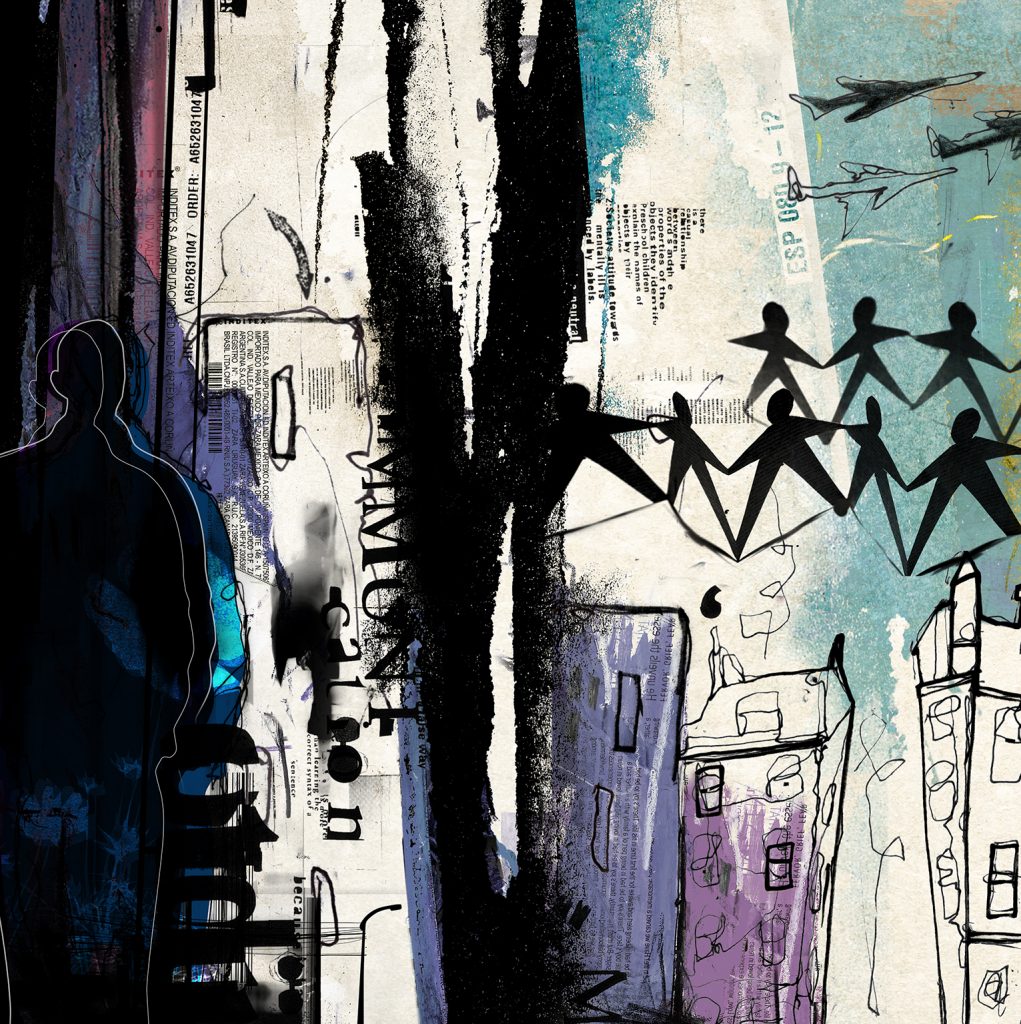
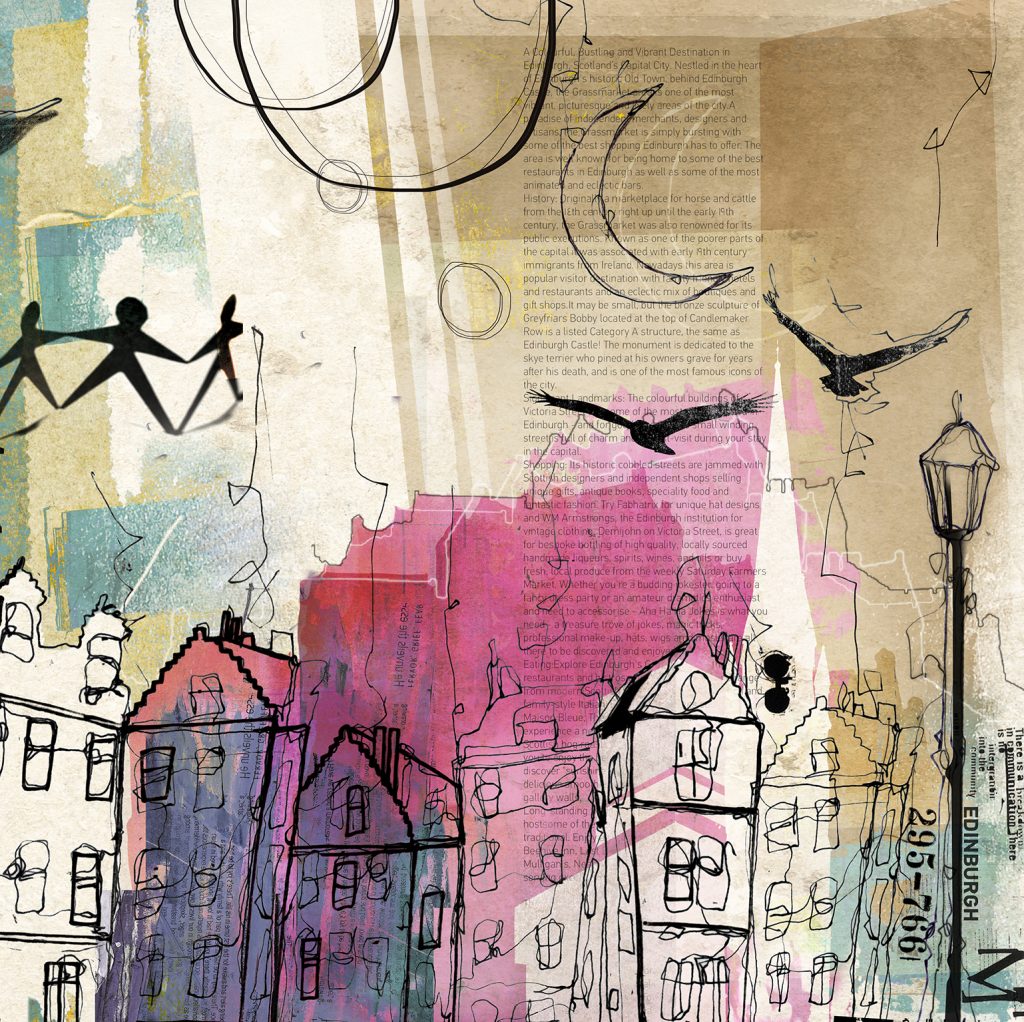
Cities can reveal themselves spontaneously by the turn of a corner or a chance glimpse upward. Or insidiously, by hidden poverty behind busy thoroughfares or a sense of despair and violence in a dark alleyway. Cities are memories and emotions and experiences that we carry with us, often unrecognised. Corners often turned, glimpses upward for no apparent reason. Until we become found or lost again.
Sketch 2: ‘Through the Window’
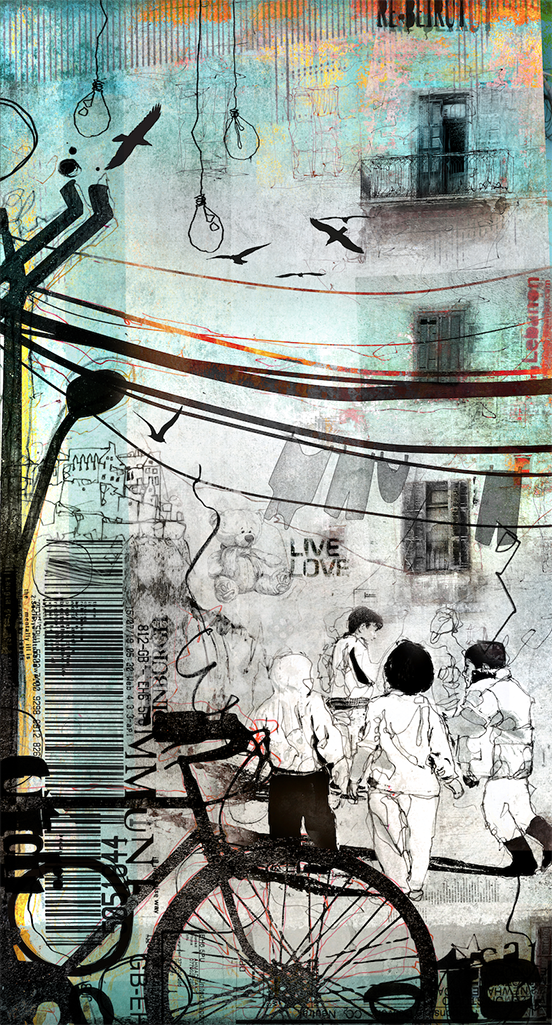
Memories define us and yet are illusory. This picture reveals a moment of contemplation viewing my unscripted early childhood in Beirut; an image that comforts and grounds me. Yet did it actually happen, or is it a dream that gives significance to my past?
Memories are the most powerful resources that keep us alive and create meanings to our existence. In other words, memories are life itself. We step into this incomprehensible world and depart, leaving our memories behind. These are memories that we have created, that shape us and that we pass on from generation to generation to remain here.
This image is a reflection of myself in this uncertain surreal world. It illustrates a contrast of illusion and reality, past and future, war and peace, desperation and hope in black, white and colour. It is a combination of two scenes; the traditional buildings of Beirut and the iconic Edinburgh Castle. This piece catches a moment that takes me back in time to this little child who was oblivious to what life was hiding. This moment took place in Beirut in one of the typical old areas of this ancient Mediterranean Phoenician city. Luckily, this area hadn’t been totally destroyed during the war; a fascinating neighbourhood where we used to play with what was available, trying to catch a moment of freedom during a temporary ceasefire.
These children’s faces are hidden and anonymous. Anonymous in the eyes of the world. Their identities destined to be denied from the moment they were born. They are innocent, playing happily together, forgetting their fear and isolation and unaware of their stolen future. In the background, there is the impressive and fascinating historic castle of Edinburgh with the seagulls flying freely and peacefully above. This picture of the castle is mixture of illusion and reality where peace and hope can co-exist.
Quotes
In Sigmund Freud’s psychoanalytic theory of personality, the unconscious mind is defined as a reservoir of feelings, thoughts, urges, and memories that outside of conscious awareness
“Culture is a way of coping with the world by defining it in detail.”
by Malcolm Bradbury.
“Strength lies in differences, not in similarities” by Stephen R. Covey.
“Cultural differences should not separate us from each other, but rather cultural diversity brings a collective strength that can benefit all of humanity” by Robert Alan.
“Culture is the arts elevated to a set of beliefs” by Thomas Wolfe.
“Keep your language. Love its sounds, its modulation, its rhythm. But try to march together with men of different languages, remote from your own, who wish like you for a more just and human world.” by Hélder Câmara.
Sources of Inspiration
In terms of design, a few outstanding artists and designers inspired me. They come from both the West and the Middle East: British and American graphic designers, Tom Marrs and David Carson and Lebanese and Iranian artists, Mohamad Rawas and Reza Abidini.
Mohamad Rawas ( Artist)
Mohamad Rawas developed a painting practice based on constructions with balsa wood, aluminum and string meticulously built up over portions of canvas. His complex artworks widely use reference to popular culture (manga, comics) and old master paintings such as Las Meninas by Diego Velázquez.
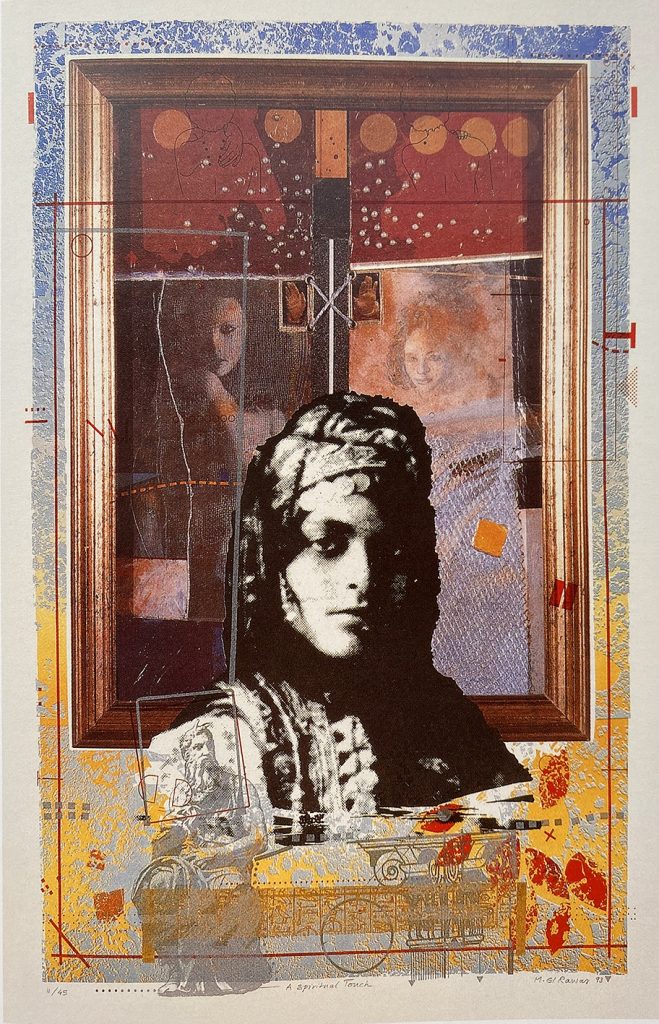
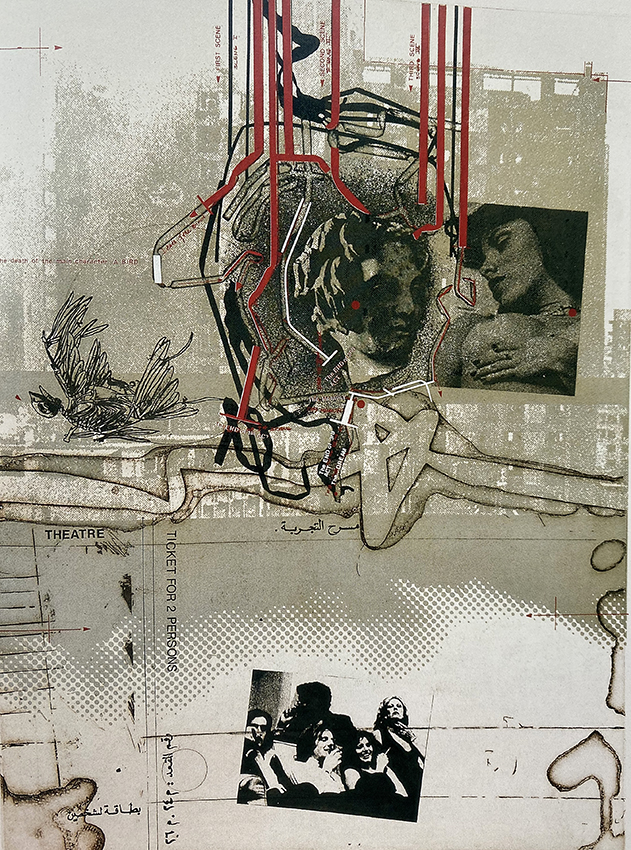
Tim Marrs (Digital artist)
Time Marrs work has continued to evolve, develop and inspire. Producing a frenzied Mix of drawings, photography, screen printing and photoshop techniques, his work sports a hand made and dynamic look, but yet considered and has a mix of influences from American pop culture, pulp fiction novels, pop art to polish film posters.
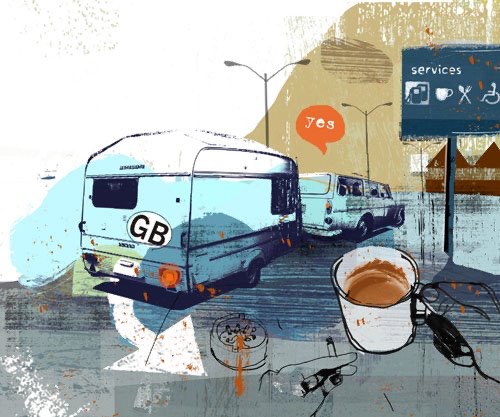
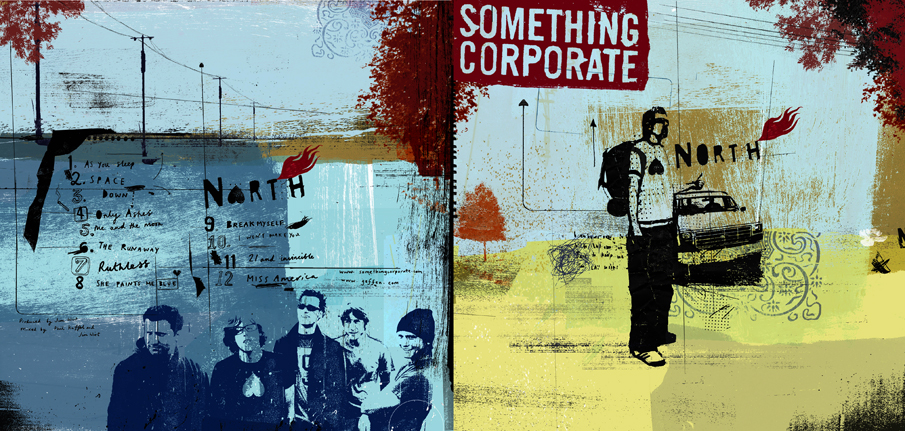
Reza Abedini (Graphic Designer)
Practicing in his homeland of Iran, Reza Abedini is an accomplished graphic designer who continually blurs the lines between art and design. He combines simple illustrations with poetic typography and elegant layouts, exploring the beauty of the Persian language.
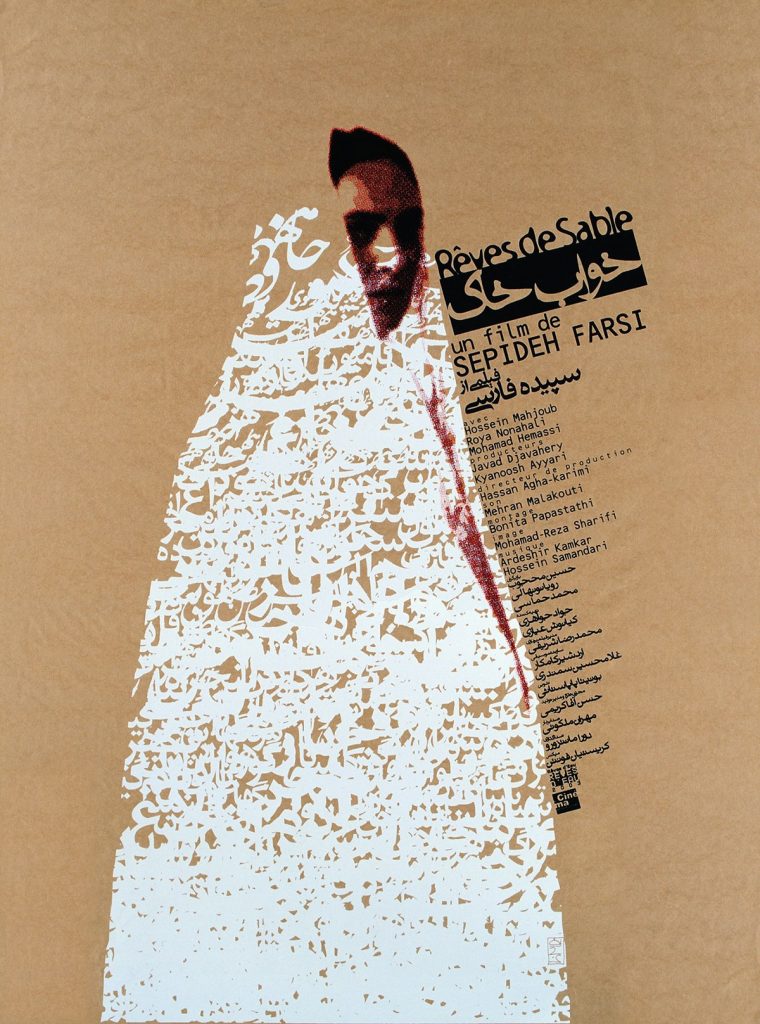
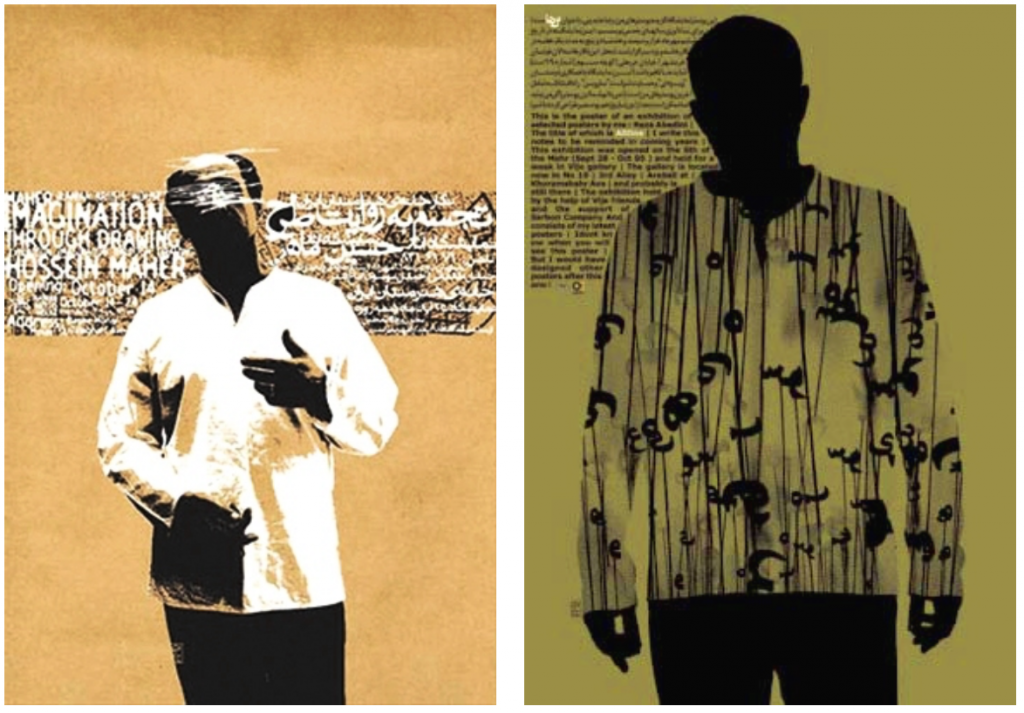
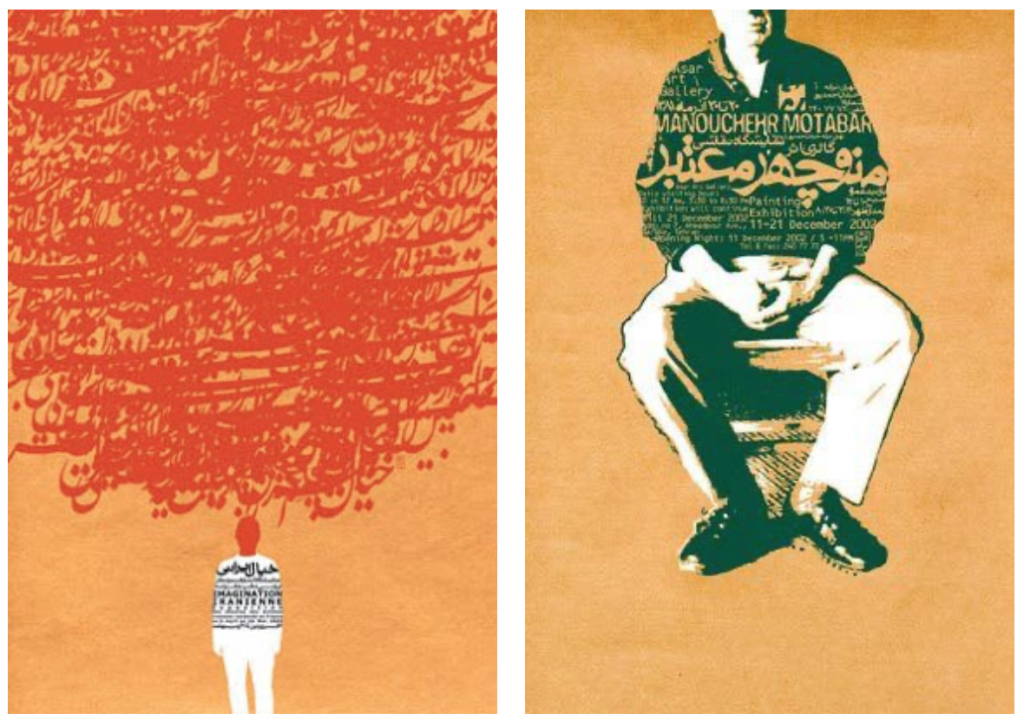
What is cultural identity?
Cultural identity is part of a person’s self-conception and self-perception and is mainly related to nationality, ethnicity, religion and locality. To be more specific, there are many elements that have an important role in shaping a culture such as: Architectural heritage, Landscape, language, religion, food, history and weather.
First, I created a mind map on which I noted things which are related to the cultural identity which affected me directly. I started to connect all the inter-related titles, for example: history which has a crucial influence on language, architectural heritage, food and religion, while religion can have a strong impact on food, architectural heritage, the history and language of a place.
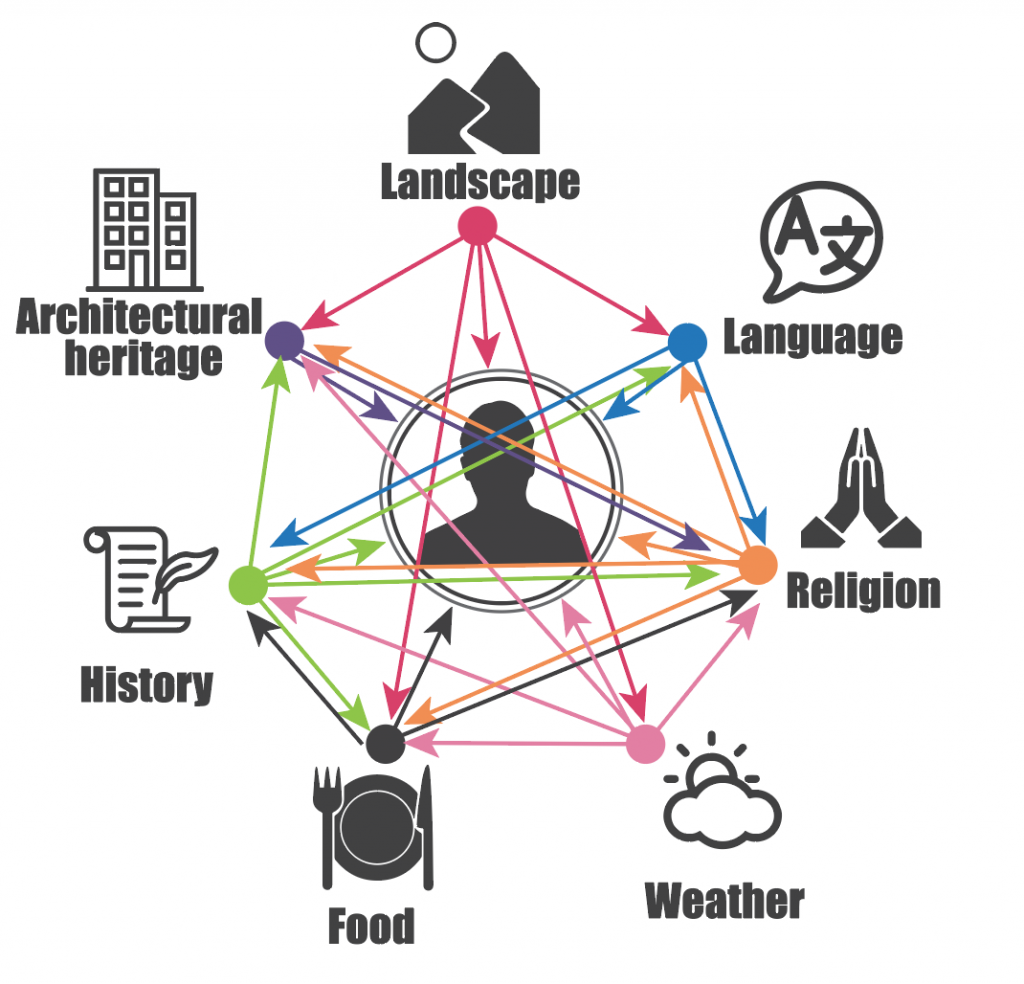
What am I missing?
I decided to focus on Three crucial subjects:
1.The climate which has a strong impact on us in terms of attitude, behaviour, food and architectural style of the city.
2. The architectural heritage which reflects the vibrancy and the bustle of the place.
3.The language which can, sometime, be a huge barrier.
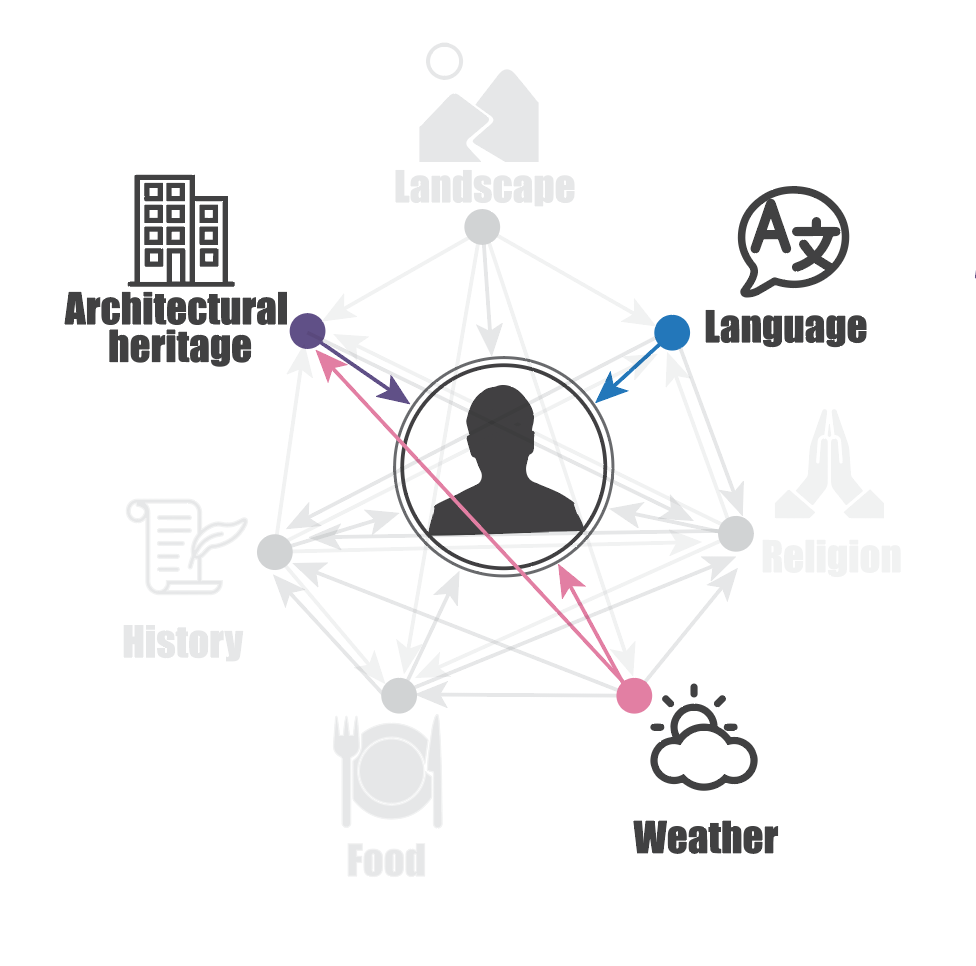
From these four titles, I focused on architectural heritage, simply because Edinburgh and Beirut have a very different and unique architectural style.
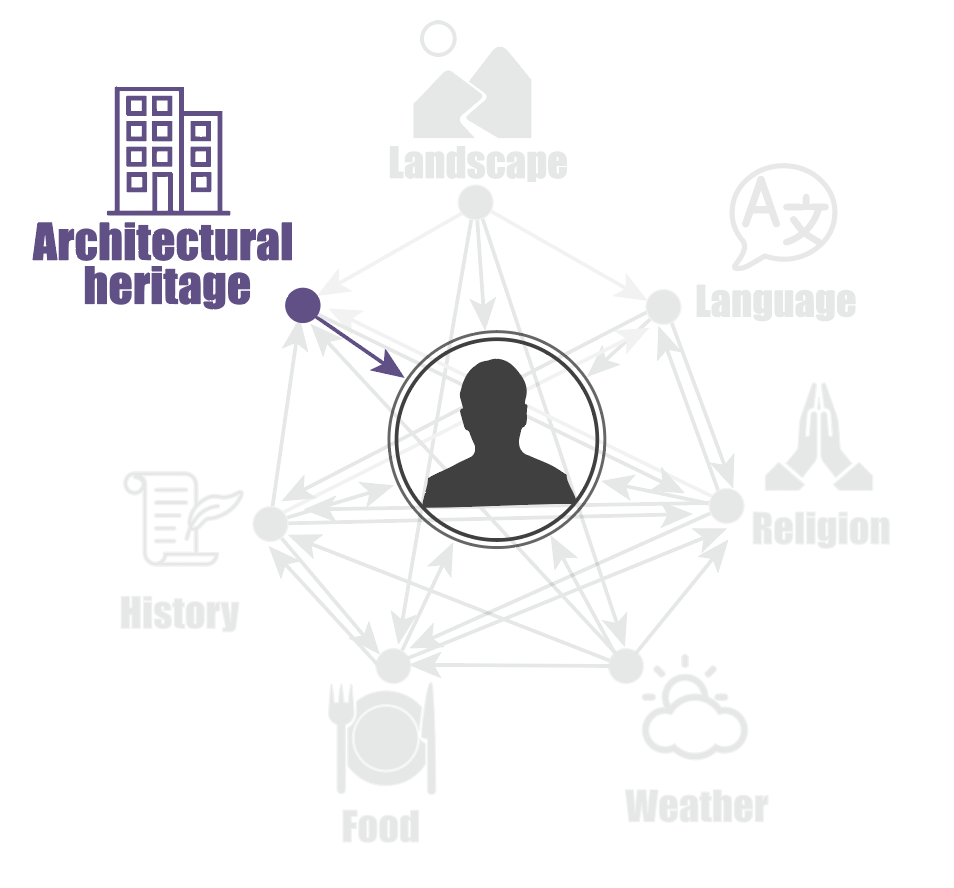
Another map is created on which I highlighted both physical and emotional elements, which are directly related to architectural heritage.
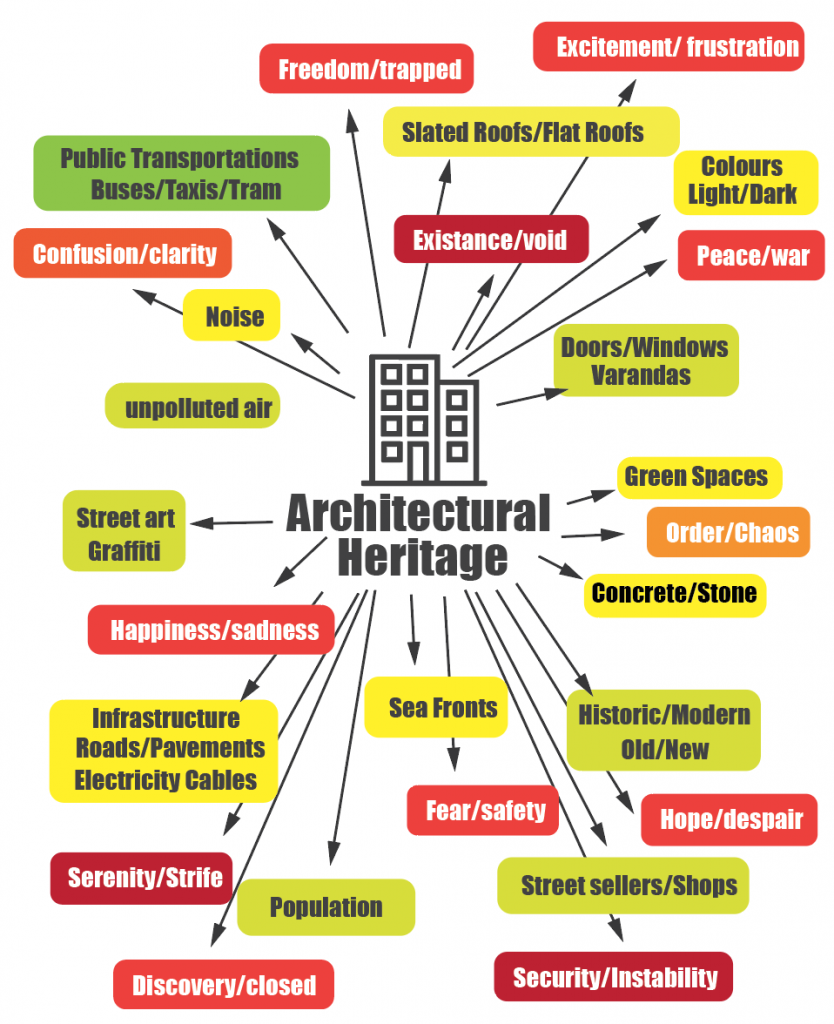
Following the mind map, I started to collect a variety of photos of Edinburgh and Beirut that I took during the last two years and some iconic pictures of my childhood/adolescence. This collection shows the architectural style of each city. It includes different types of buildings, graffiti, street art, street signs, and public transport.
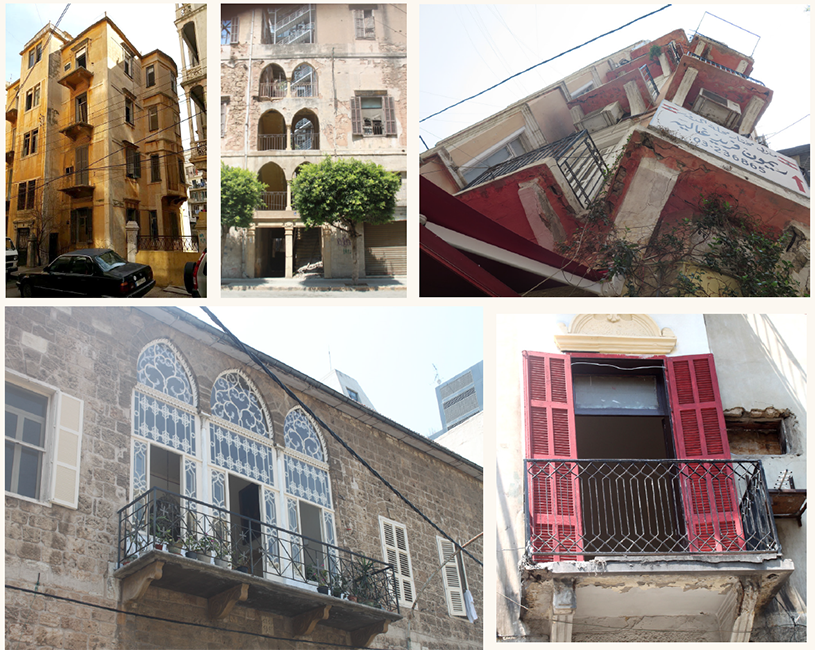
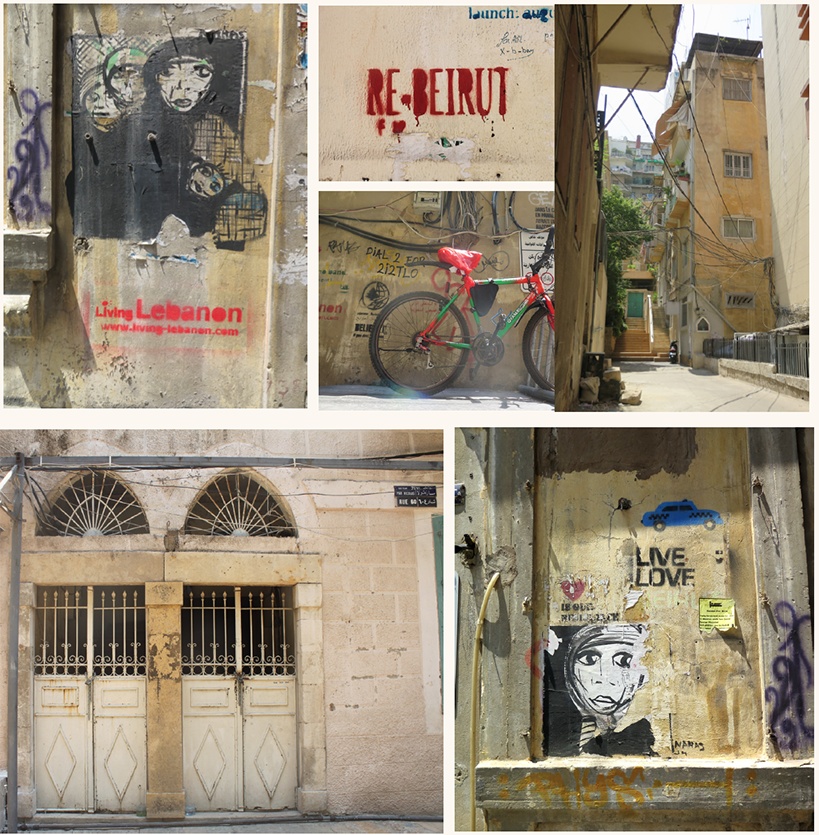

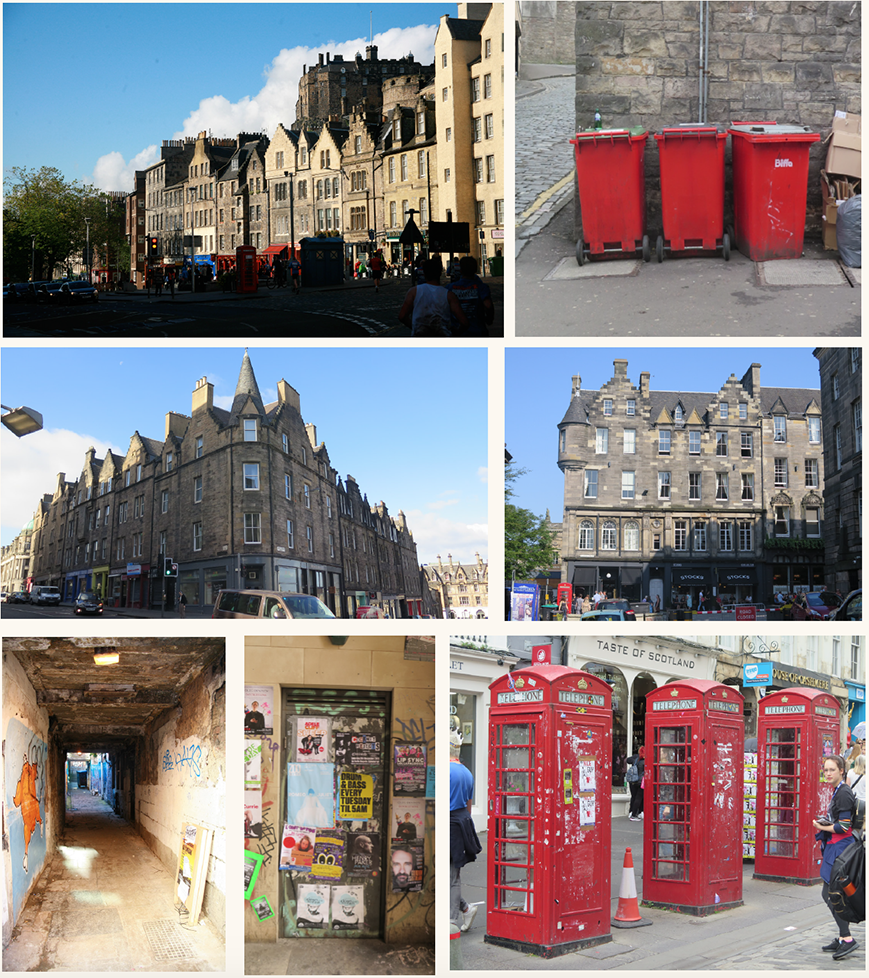
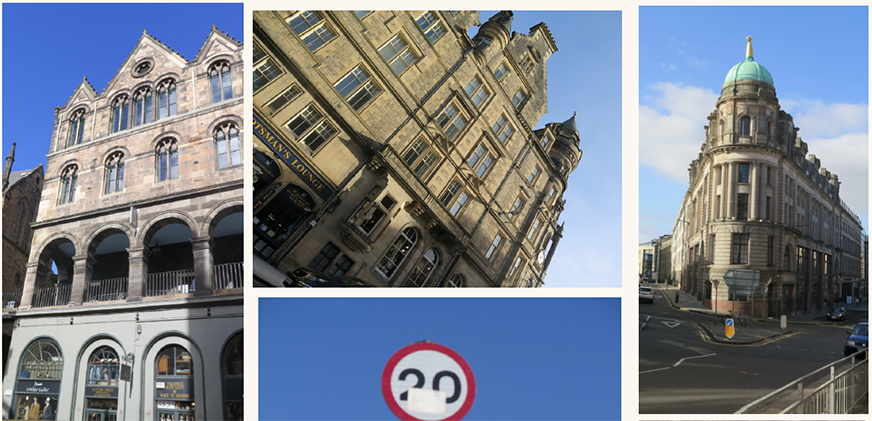
The Imaginative City
The idea that came to mind, was to create a fusion of the two cities. This will be an imaginative place which combines the character of Edinburgh and Beirut, by comparing and contrasting.
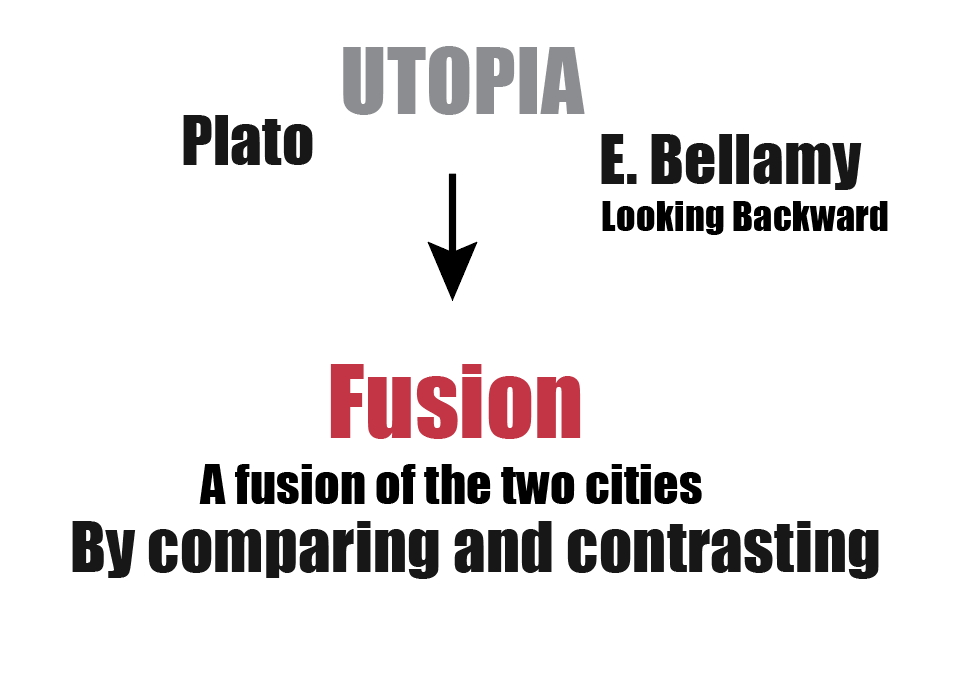
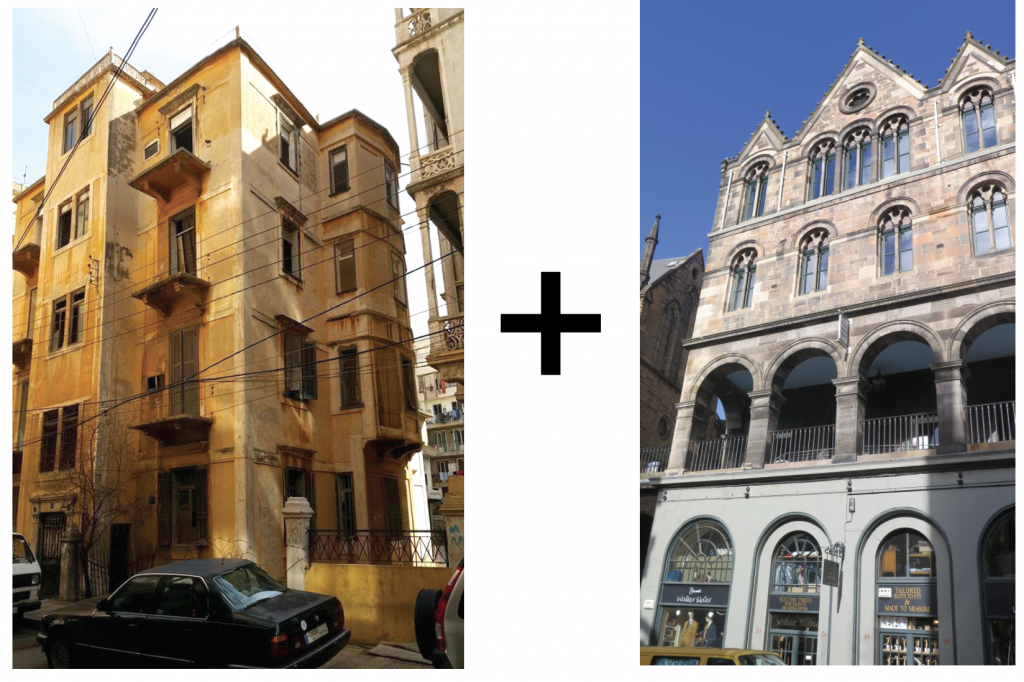
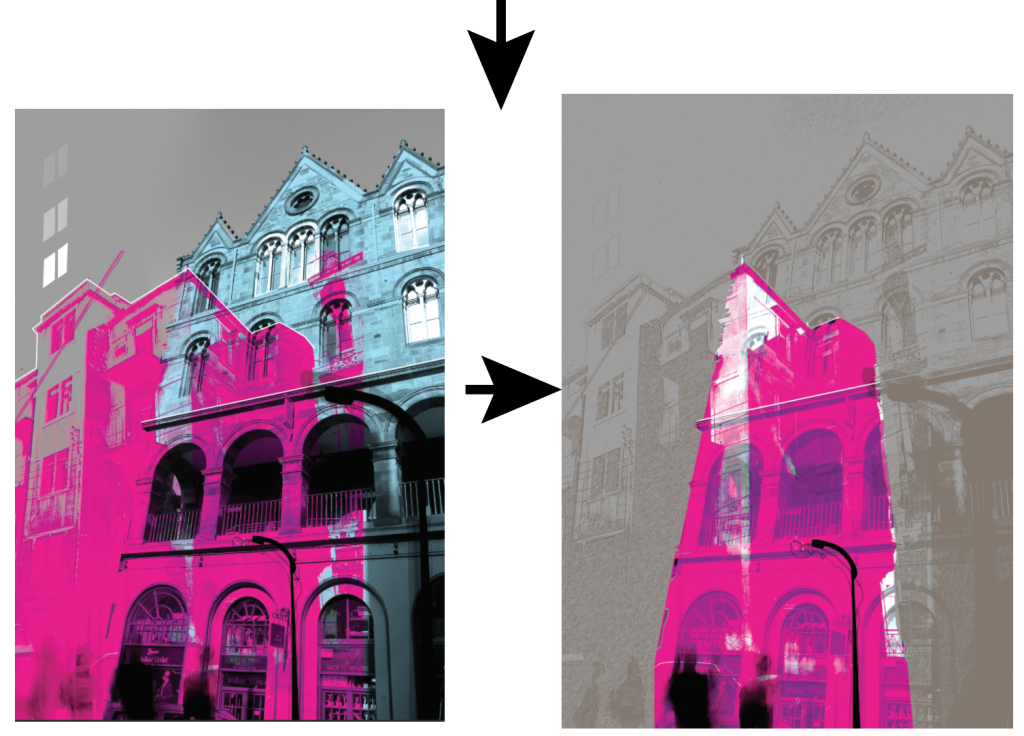
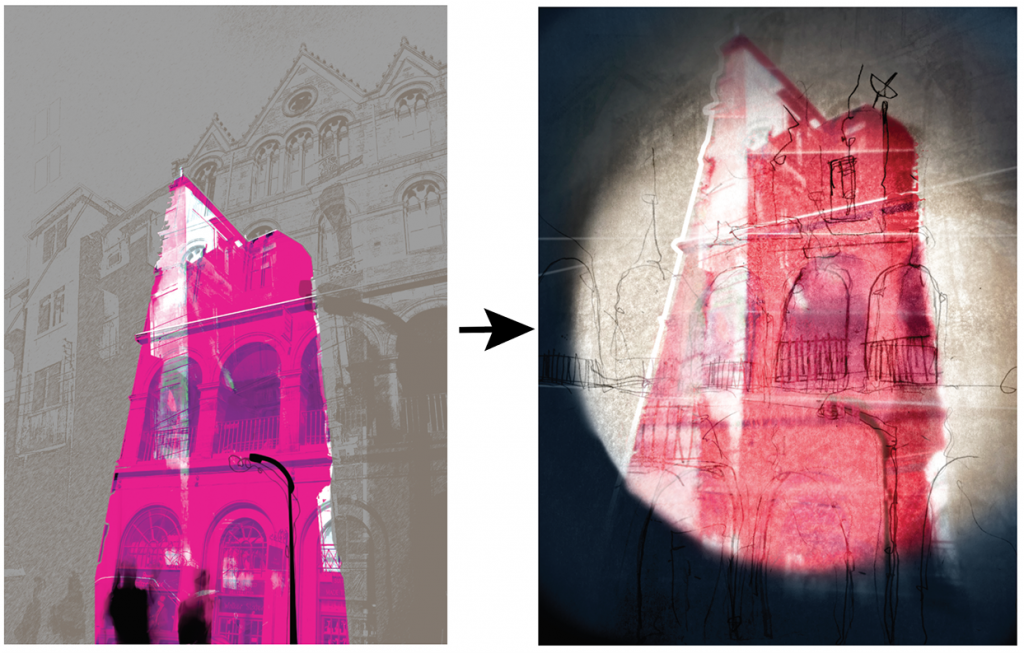
Another Sources of Inspiration
Mary Corey March: The Identity Tapestry
The piece begins as a blank wall with statements that are parts of personal identity. Participants select a colour of yarn to represent them and wrap it round each statement which identifies them.
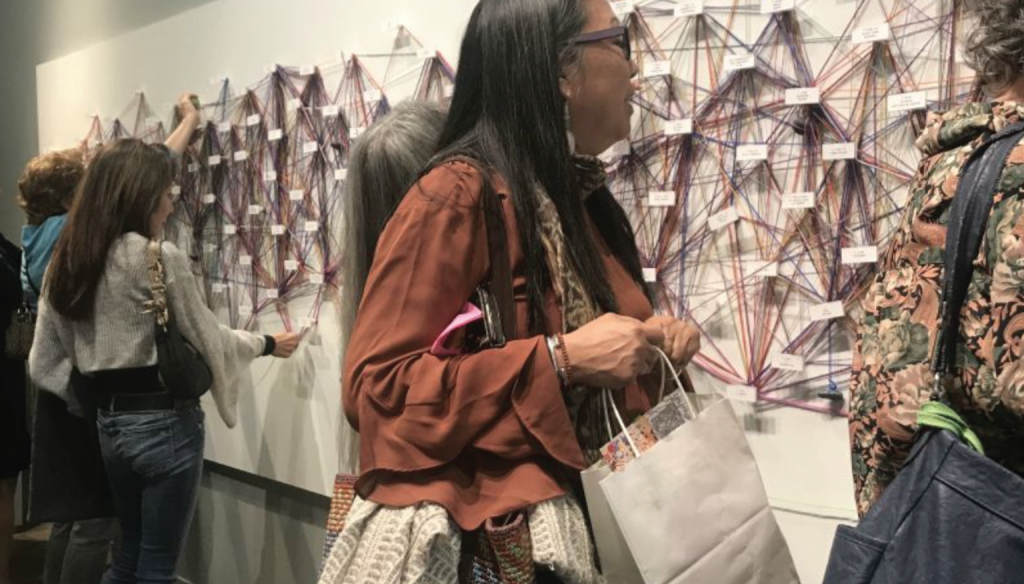
Carolee Schneemann
In this work, she boldly addressed feminist and political issues in ways that shocks and engages viewers.
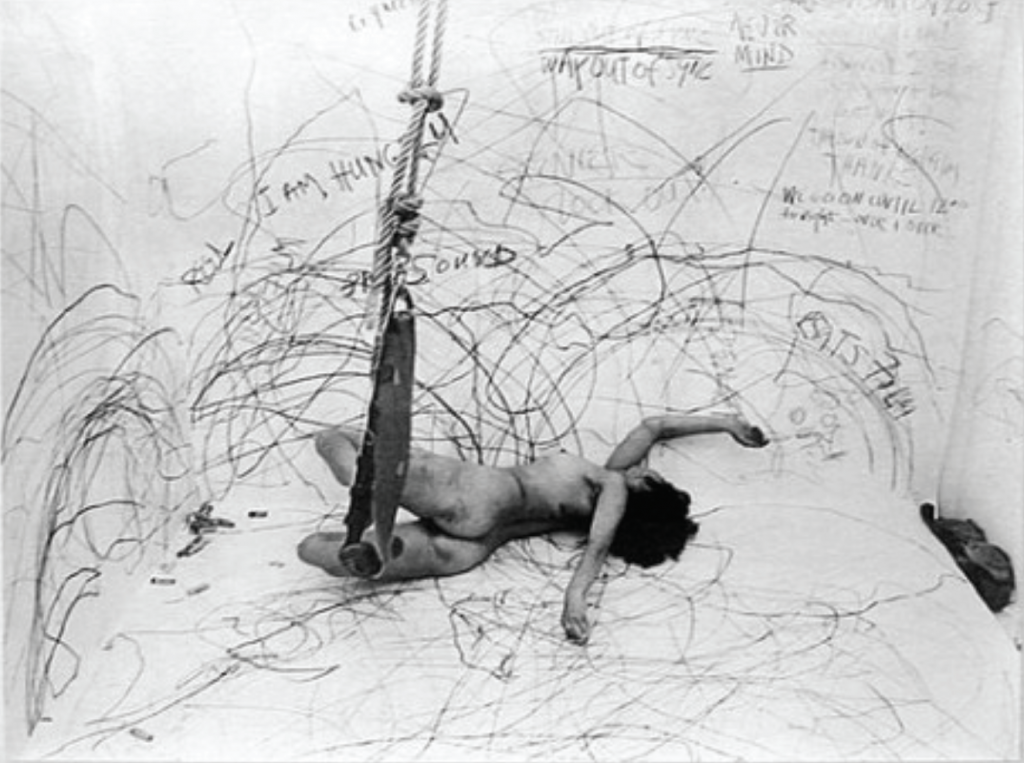
Antoine Williams, black American artist
His work investigates his cultural identity by exploring power, fear and the perception of signs within society. It is heavily influenced by his rural, working-class background.
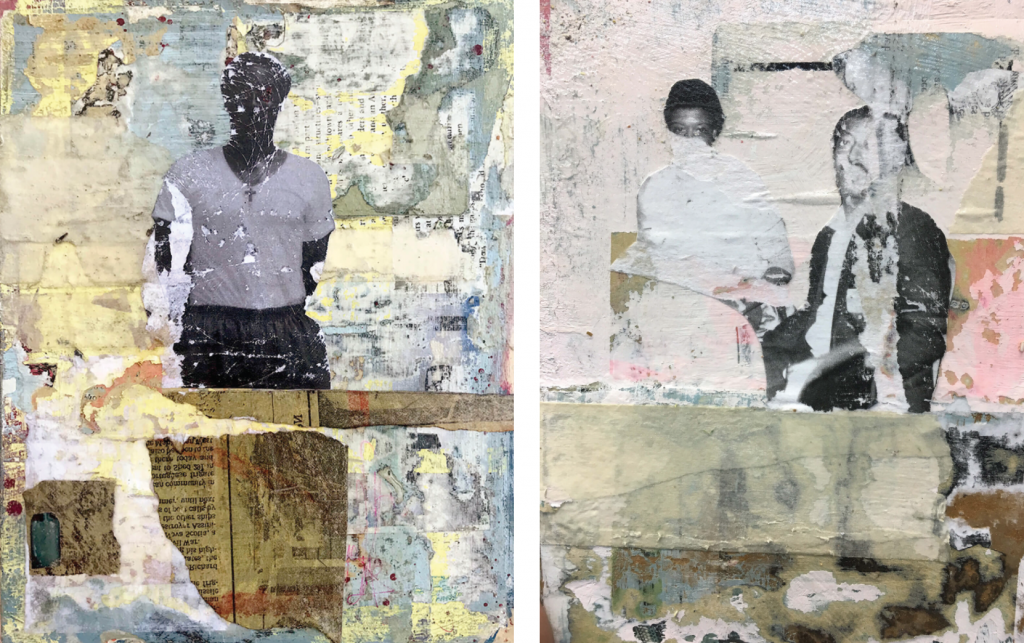
Ai Weiwei, a famous Chinese artist.
This work of his combines American and Chinese cultures.
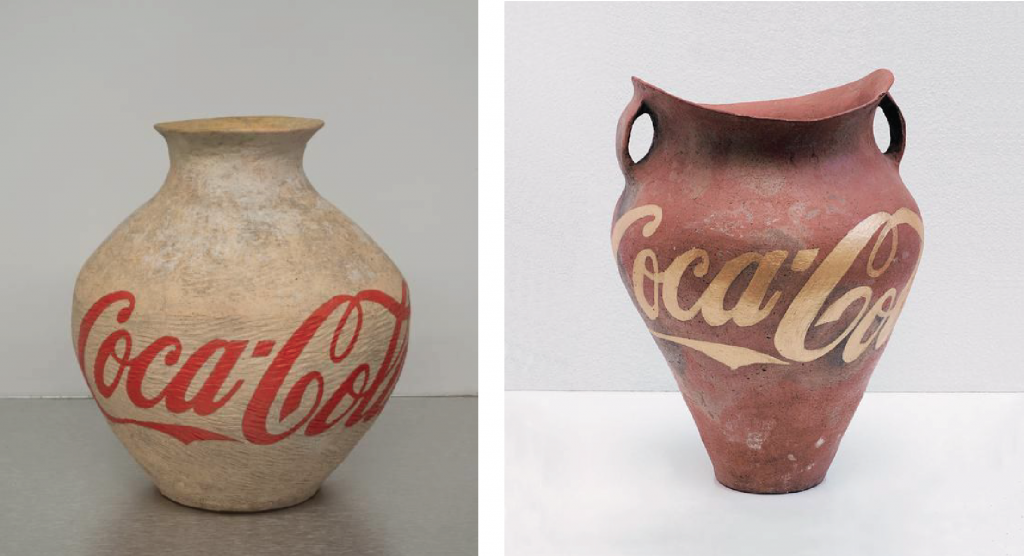
Project Plan
The Exhibition
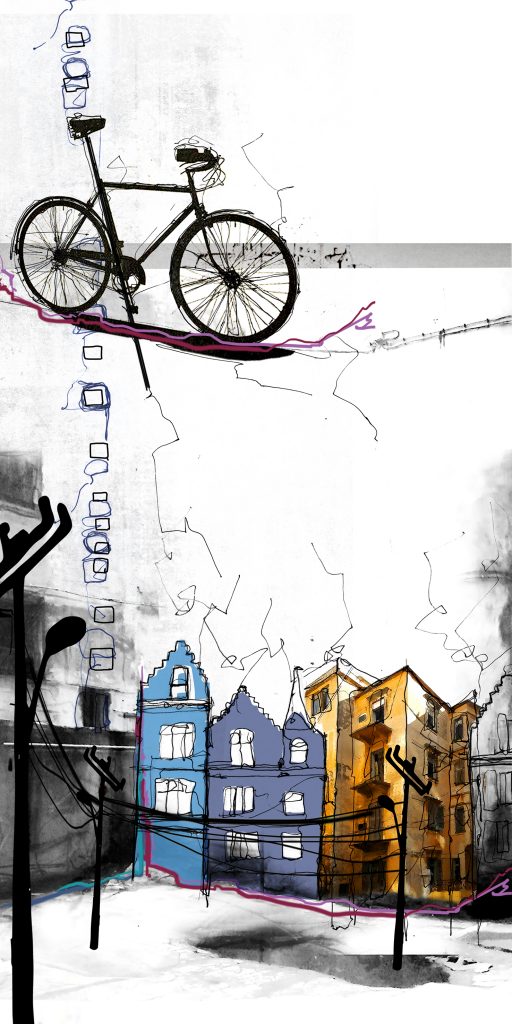
Finally, I chose to create an exhibition,“Lost in Two Cities”. I will represent a variety of visuals (up to 10 pieces) which express my own messages around the topic ‘Cultural Identity’ that continues to be crucial in our contemporary world.
My final work will be printed on art paper using giclee print technique. the size of each artwork can vary between A3 and A2.

